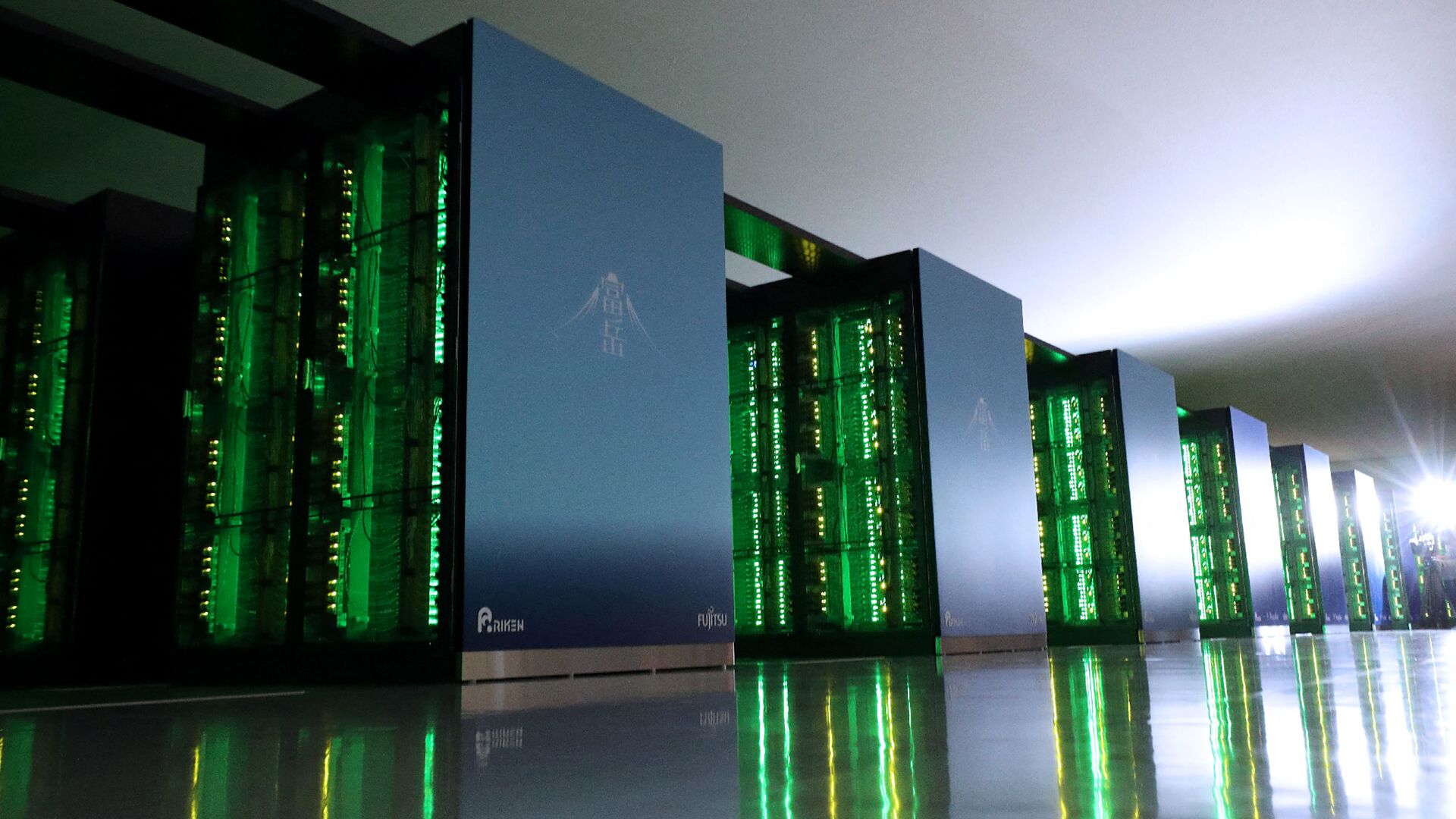Iran has presented its most powerful supercomputer to date, built domestically by Tehran's Amirkabir University of Technology (AUT), government-run news agency IRNA reported on Sunday.
The Simorgh supercomputer, which is named after a legendary Persian bird, currently has an output potential of 0.56 petaflops and will achieve one petaflop in two months, according to the report.
The supercomputer, which cost about 1 trillion rials (roughly $4.5 million), was reportedly designed and built entirely by an Iranian team of engineers, who also created the country's first supercomputer a decade ago, though some of its hardware was imported.
According to Amirkabir President Ahmad Motamedi, the supercomputer aims to provide a stable infrastructure to businesses, with an emphasis on private firms, in addition to serving the government.
"At the moment, knowledge-based companies have offered good platforms but they don’t have good infrastructures inside the country, which leads them to use infrastructures outside the country,” he said during a Sunday press conference in Tehran.
According to the TIA-942 standard on which it is based, the supercomputer will have 42 racks in an area of approximately 250 square meters (2,690 square feet) and will be upgraded to 84 racks in an area of 400 square meters (4,305 square feet).
According to the IRNA, the AUT's infrastructure will enable the supercomputer to achieve a capacity of 10 petaflops in its later stages of growth, putting it on par with some of the world's most powerful competitors.
The university collaborated with the Ministry of Information and Communications Technology (ICT), which funded half of the project's budget, with the presidential office's scientific division and the ministry of science covering the remainder.
Meanwhile, work on the next supercomputer has already begun, according to ICT Minister Mohammad Javad Azari-Jahromi, and it will have 100 times the capability of Simorgh. On Twitter, he said the supercomputer would be called Maryam, in memory the late world-class Iranian mathematician Maryam Mirzakhani, to "thank the efforts of our Iran’s girls in the ICT field."
Mirzakhani, a professor at California's Stanford University, died of breast cancer in 2017 at the age of 40. In 2014, she was awarded the Fields Medal, the highest honor in mathematics, becoming the first woman and the first Iranian to do so.

